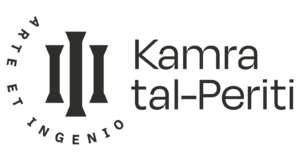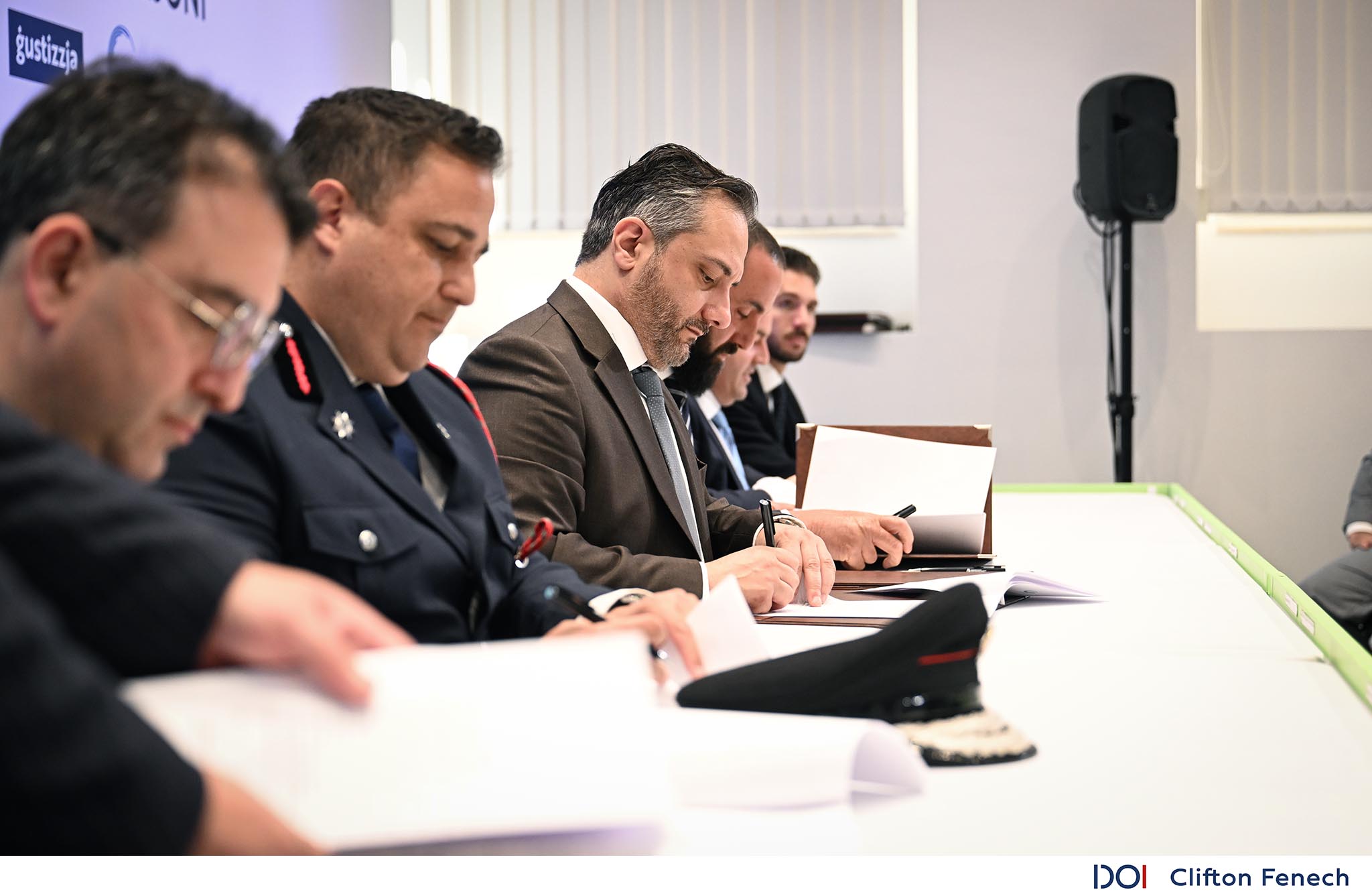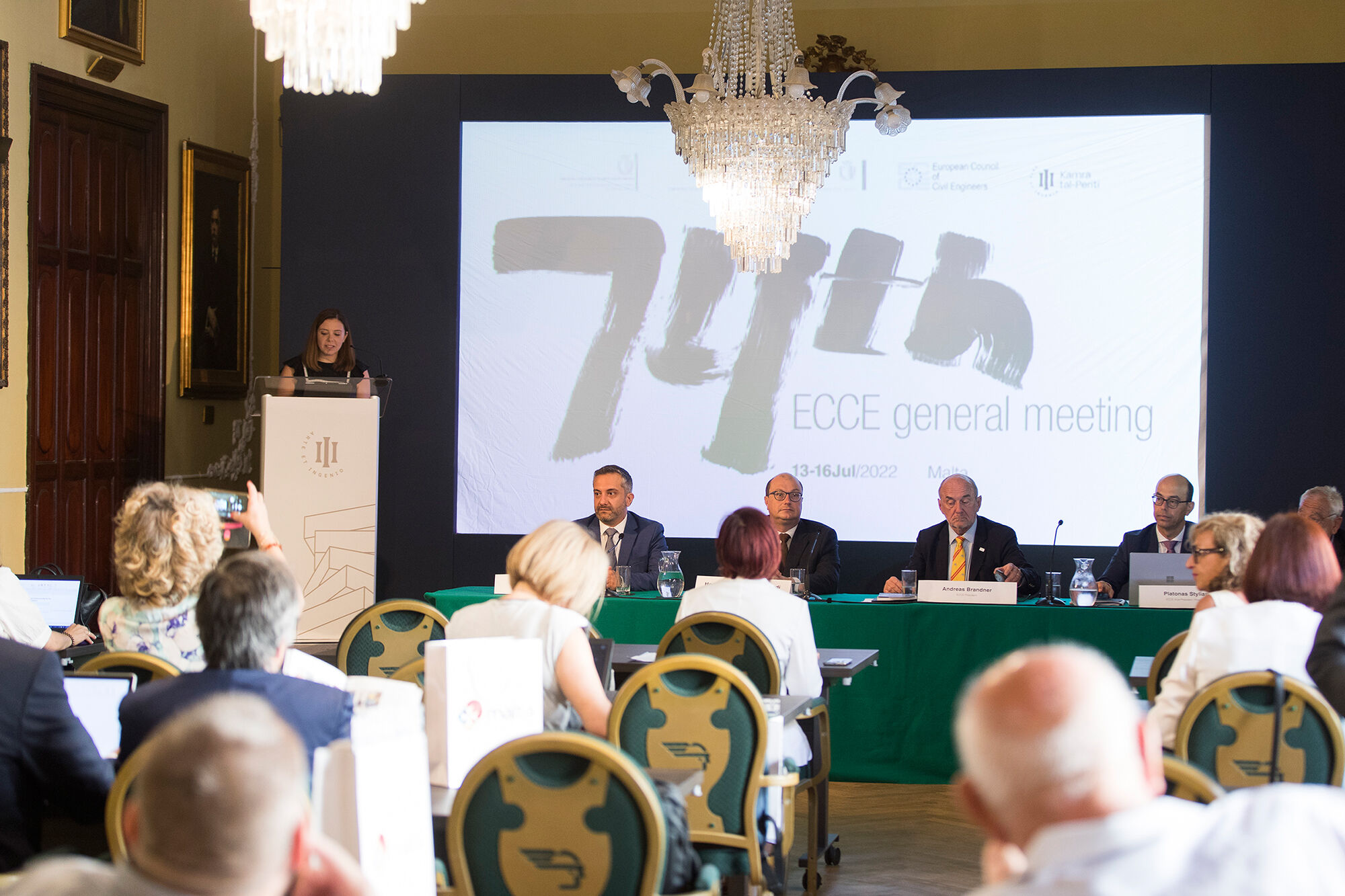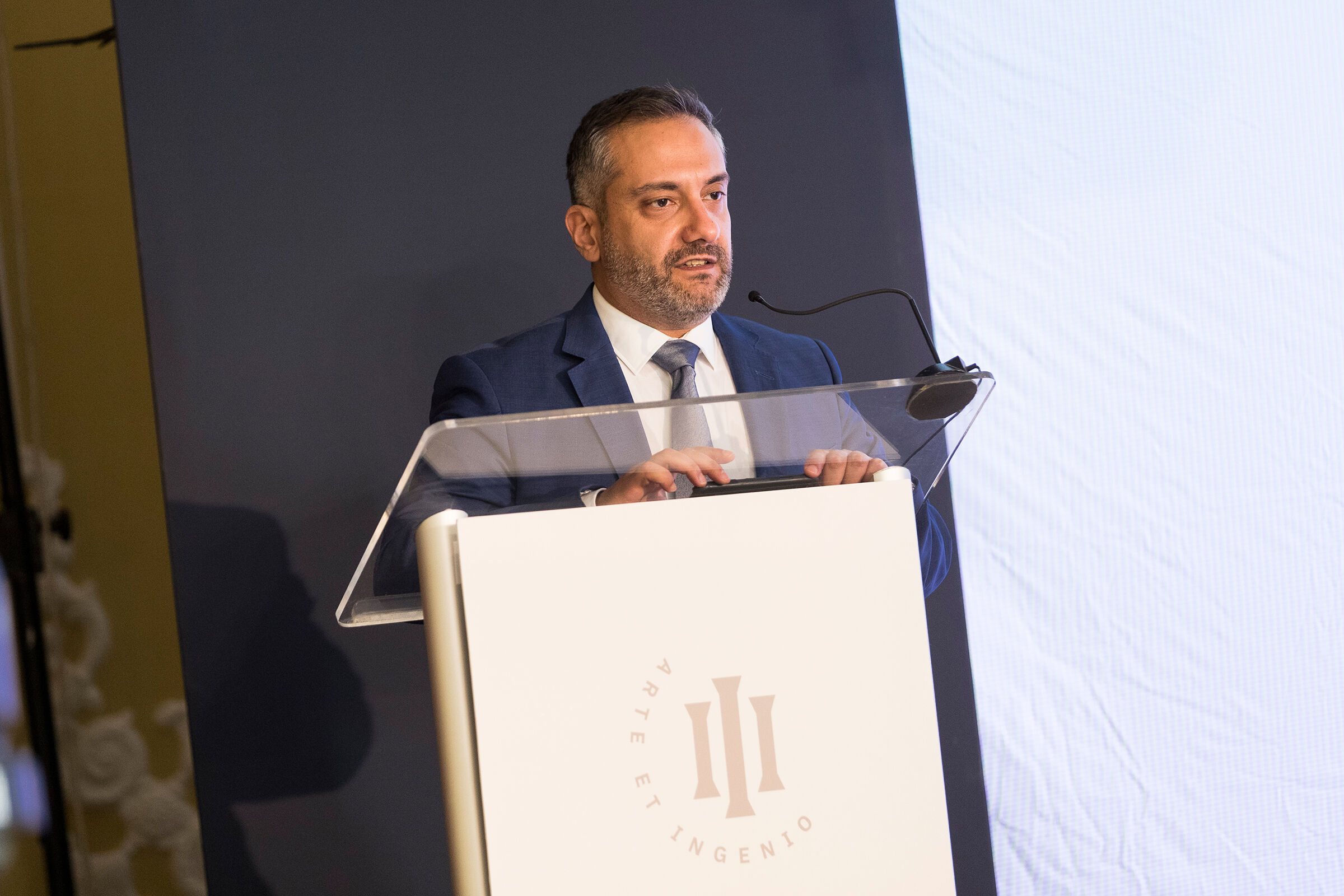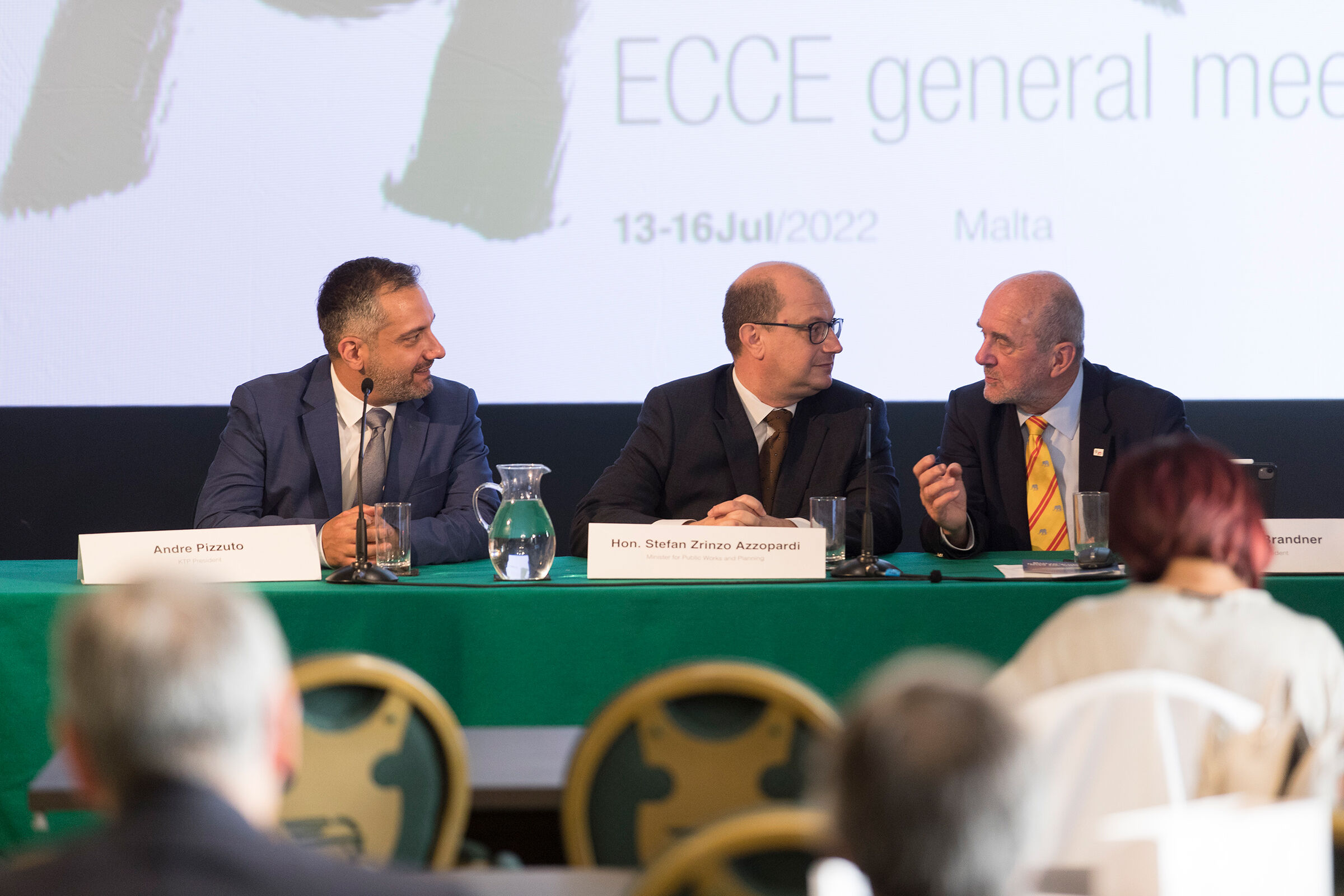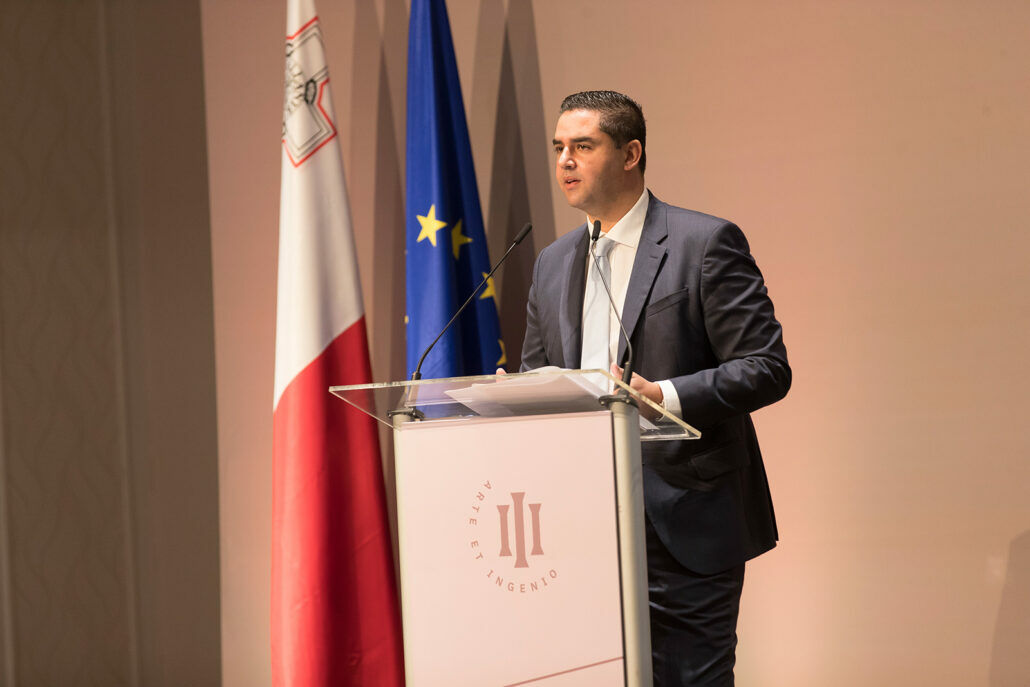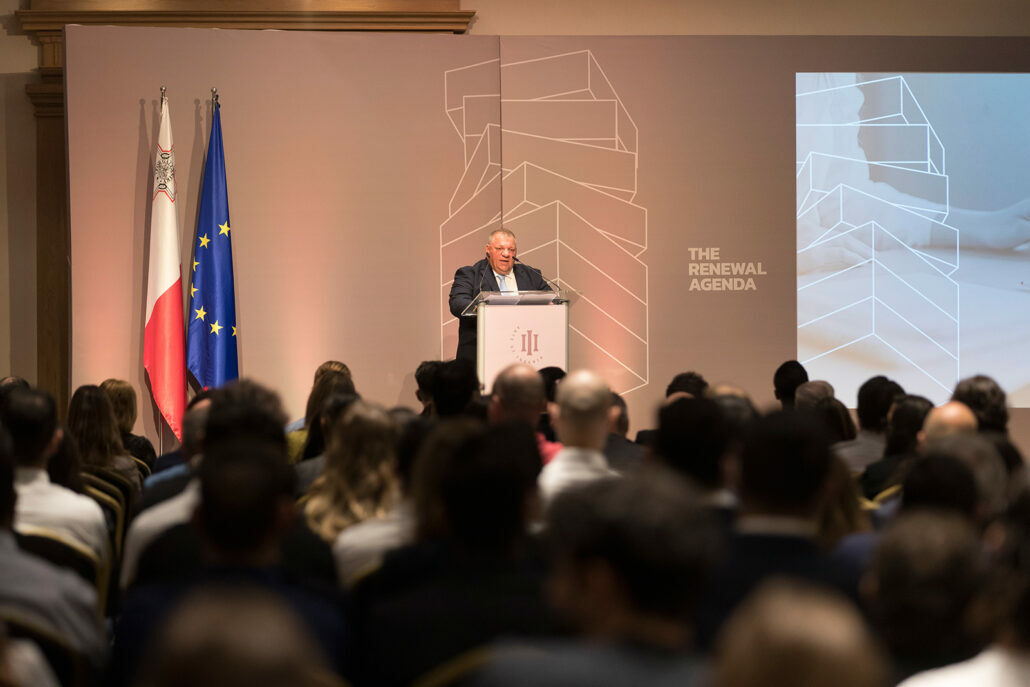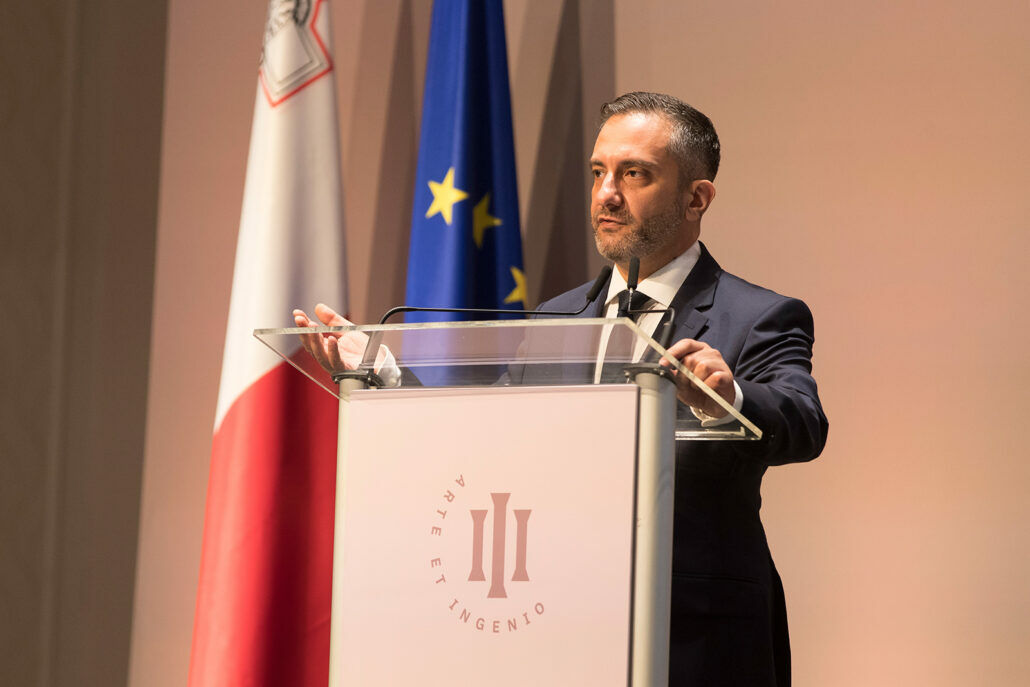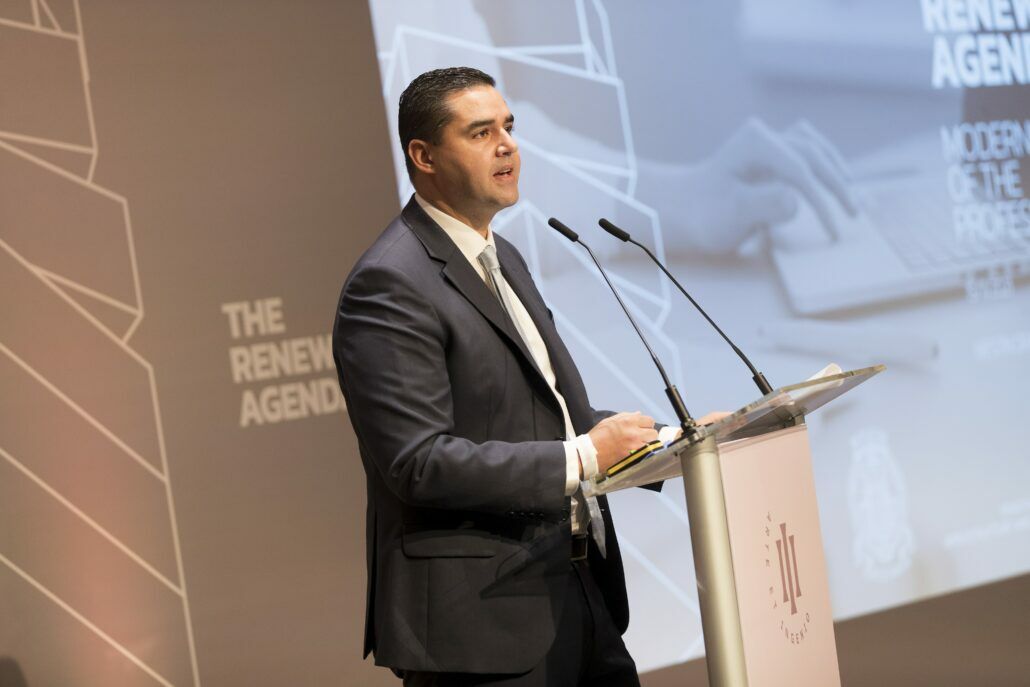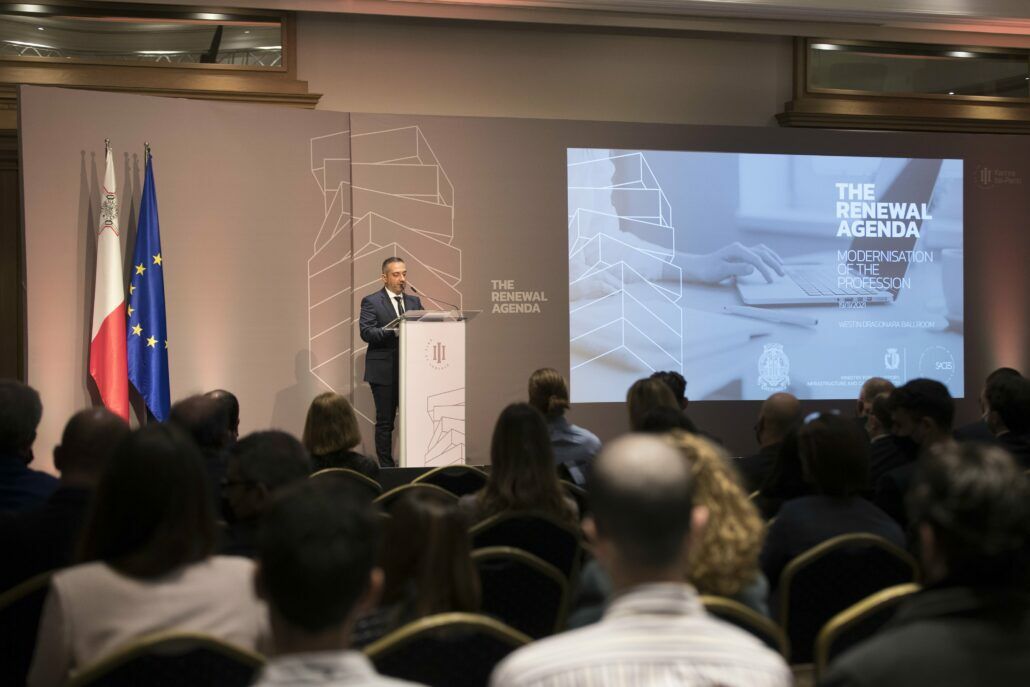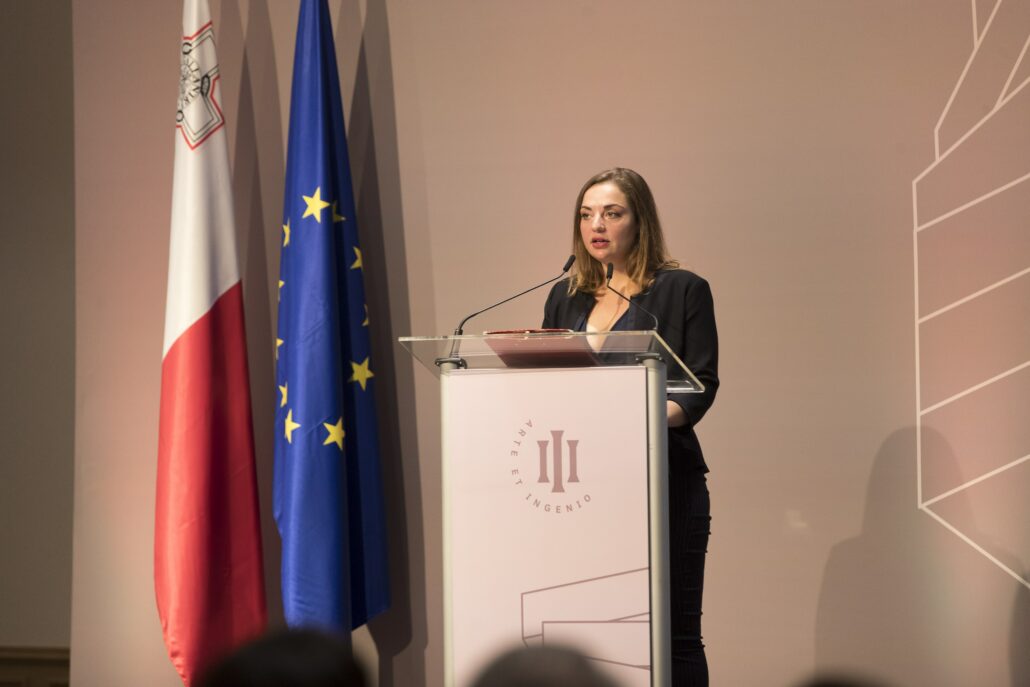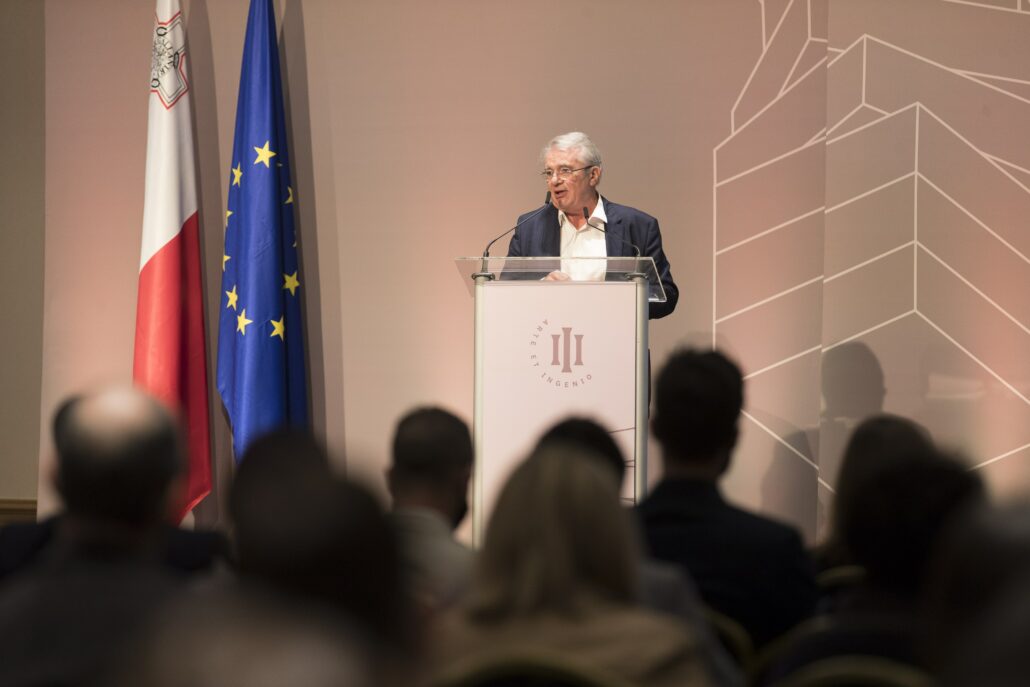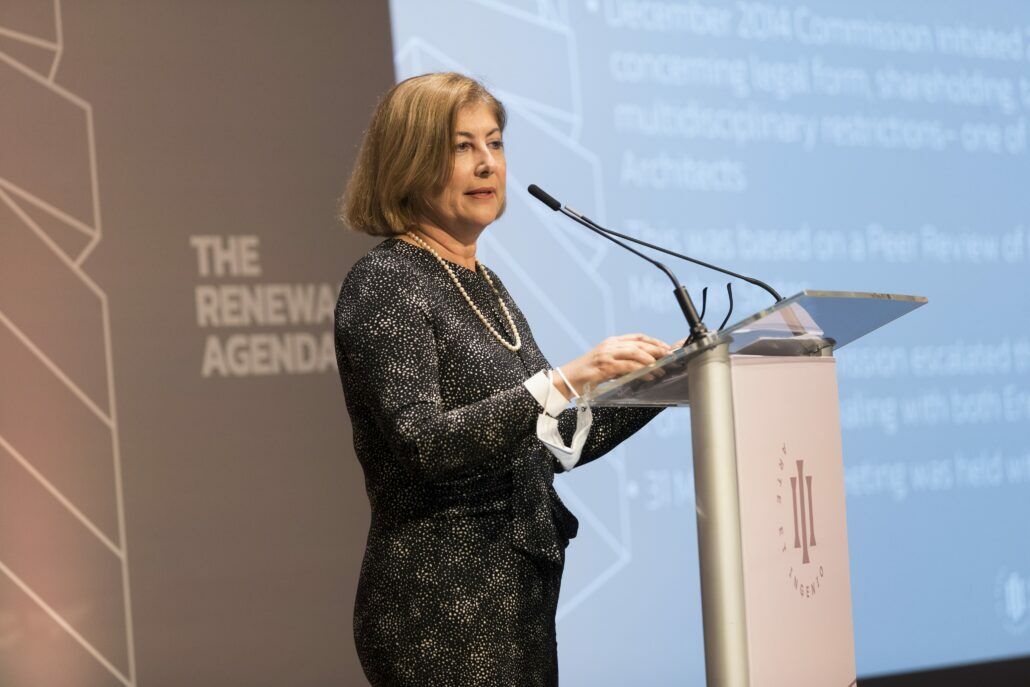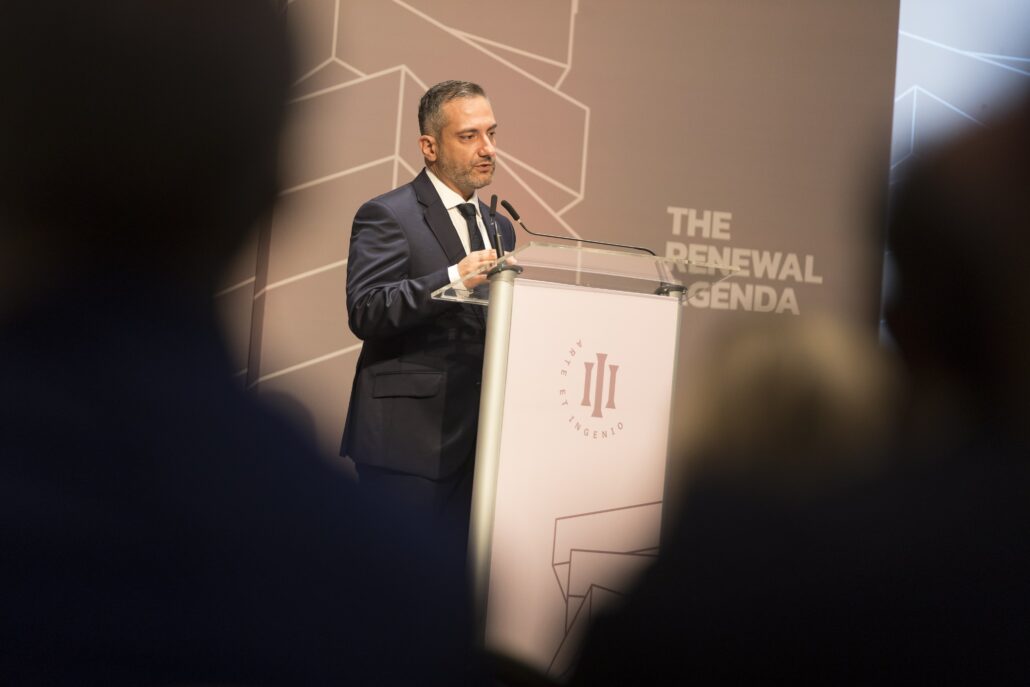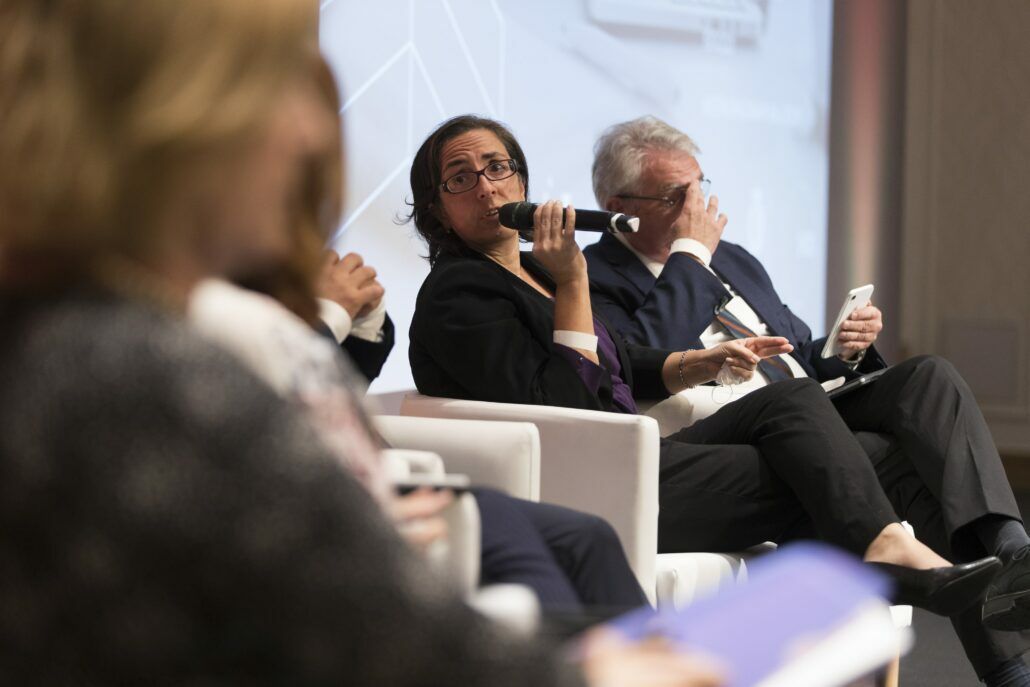PR 03/25 | KTP Council opens investigations into Sliema and Bulebel incidents
The Council of the Kamra tal-Periti wishes to inform the public that two days ago it opened investigations into the widely-reported incidents that occurred in Sliema and Bulebel constructions sites. This is standard procedure for the Council, which has decided to disclose the opening of these investigations due to the public interest that has arisen around these particular cases.
The purpose of the investigations is to establish whether there were any professional short-comings by warrant holders involved in the projects.
It is pertinent to underscore that the opening of an investigation should not be construed to constitute findings of malpractice.
